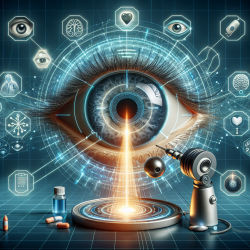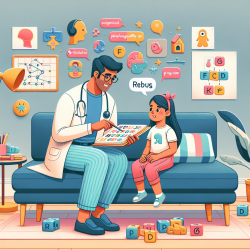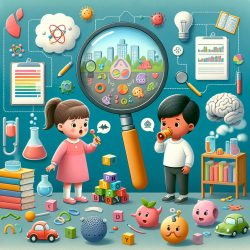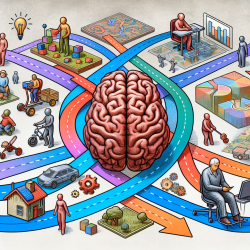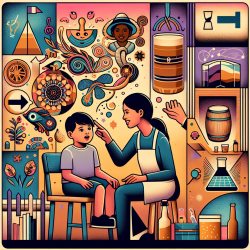Introduction
Artificial intelligence (AI) and deep learning (DL) are revolutionizing the field of ophthalmology, offering promising advancements in the diagnosis and management of eye diseases. The research paper titled "Artificial Intelligence and Deep Learning in Ophthalmology" provides a comprehensive overview of the current state of DL applications in ophthalmic care. This blog will explore how practitioners can leverage these technologies to enhance their practice and improve patient outcomes.
Understanding the Impact of AI and DL in Ophthalmology
AI and DL have been widely adopted in various domains, including image and speech recognition. In ophthalmology, these technologies are being used to analyze fundus photographs, optical coherence tomography (OCT), and visual fields. The integration of DL in ocular imaging has shown robust performance in detecting conditions such as diabetic retinopathy (DR), glaucoma, macular edema, and age-related macular degeneration (AMD).
Applications in Eye Disease Detection
One of the significant applications of DL in ophthalmology is the screening and diagnosis of diabetic retinopathy. With an expected 600 million people affected by diabetes by 2040, early detection of DR is crucial. DL systems have demonstrated high accuracy in identifying DR, with studies showing sensitivity and specificity rates exceeding 90%.
Similarly, DL is being utilized to detect glaucoma, a condition projected to affect 112 million individuals by 2040. By analyzing optic nerve head images, DL systems can identify glaucomatous changes, potentially improving early diagnosis and management.
For AMD, DL algorithms trained on large datasets have achieved high diagnostic accuracy, offering a valuable tool for screening and monitoring this prevalent condition among the elderly.
Challenges and Considerations
Despite the promising results, the implementation of DL in clinical practice faces several challenges. These include the need for diverse and representative training datasets, addressing the "black-box" nature of AI algorithms, and overcoming medicolegal and ethical concerns. Practitioners must be aware of these challenges and work towards solutions that ensure the safe and effective use of AI in ophthalmology.
Encouraging Further Research and Adoption
For practitioners interested in incorporating AI and DL into their practice, it is essential to stay informed about the latest developments and research. Engaging in collaborative research efforts and participating in clinical trials can provide valuable insights and contribute to the advancement of AI technologies in eye care.
Moreover, understanding the regulatory landscape and obtaining necessary approvals for AI-based tools is crucial for their successful integration into clinical workflows.
Conclusion
AI and DL hold the potential to transform ophthalmology by enhancing diagnostic accuracy and efficiency. By addressing current challenges and fostering a collaborative research environment, practitioners can harness these technologies to improve patient care and outcomes.
To read the original research paper, please follow this link: Artificial intelligence and deep learning in ophthalmology.
